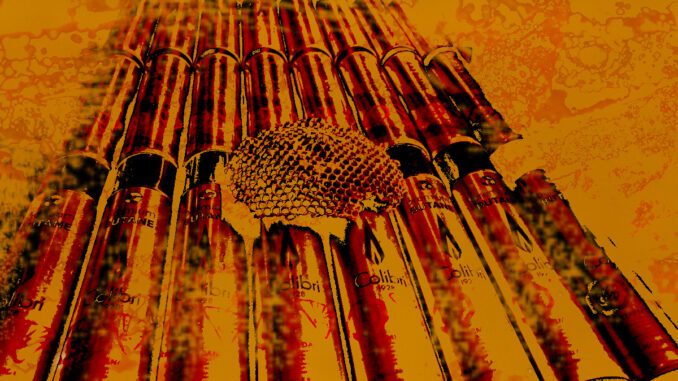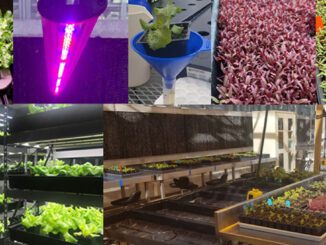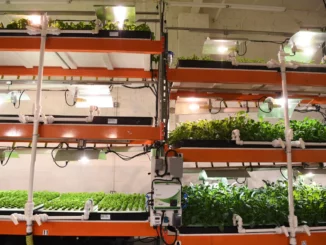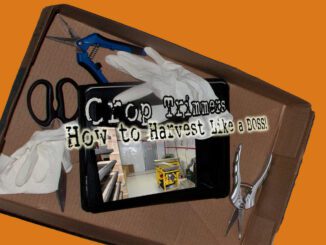
[quote]If you are seeking a “designer” resin profile as it relates to proportions of active compounds from your crop for processing, it is in theory possible to do[/quote]
Question:
I am growing crops for resin content and am not overly concerned with the plant material itself. We grow healthy plants, but they are processed and separated for their resin content. There doesn’t seem to be a lot of information in hydroponics circles that recognizes what we do is slightly different versus popular growing styles and plants with indoor gardeners.
Answer:
Cool a modern growing question and a very good one at that
Yes, I tend to agree that while you are a hydroponics grower in many respects like others, there are some things that make what you are doing a little different; and therefore there are some things that you could tweak in your growing enterprises to “fit” your methods to your particular goals tighter.
There are lots of commercial crops grown for the sole purpose of extracting the essential oil contents for a variety of uses, from culinary to spa therapy applications.
Indoors in a controlled environment, growers have the opportunity to maximize the resin production via environmental manipulation and other management practices. You can even alter resin profiles in this method. Crops like Coriander and lavender have had significant levels of research performed on resin profiling and in some instances, as related to environment.
If you are seeking a “designer” resin profile as it relates to proportions of active compounds from your crop for processing, it is in theory possible to do, with some informal research, attention to detail with a critical and objective eye, and the ability to analyze the results accurately.
Far RED wavelengths from special cropping LEDs and other light sources that reach beyond HPS in the spectrum are a natural way to coax and hardier and often heavier resin contents from your crop.
Consider a finishing room with highly tailored LED wavelengths for the final ripening phase. It will be easier to control temperatures too versus HID lighting. Temperature is the number one governor of all living reactions, so that’s naturally a place worthy of some experimentation for your resinating purposes.
Whether you need to flush or not becomes an area of debate also. If your process separates the resins from the plant material; it may just be a waste of your cropping time in the annual calendar that adds up. On the other hand, a good flush at ripening creates a stress which can often stimulate a higher resin content in the harvest.
There is also the role of nutrition and bio-active substances and their influence; these can be significant, for example increasing resin contents by 5 to 10%. You don’t need artificial PGRs; there are natural resin simulators that can be isolated from the natural kingdom and that may be available at your hydro shop.
Please Check In Again-we’d like to share some of your findings with our fellow Groziners!
Highest Regards
Erik Biksa



